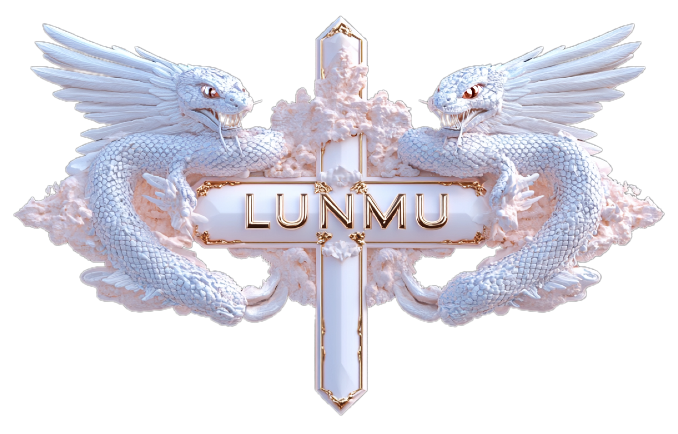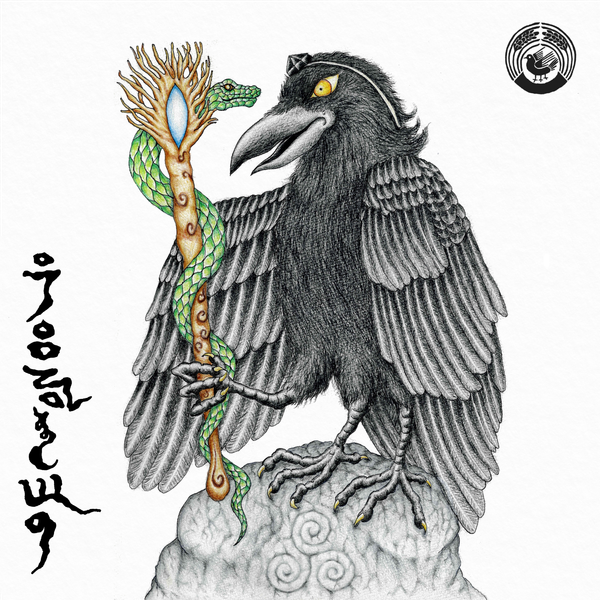Sacred Sakura Season
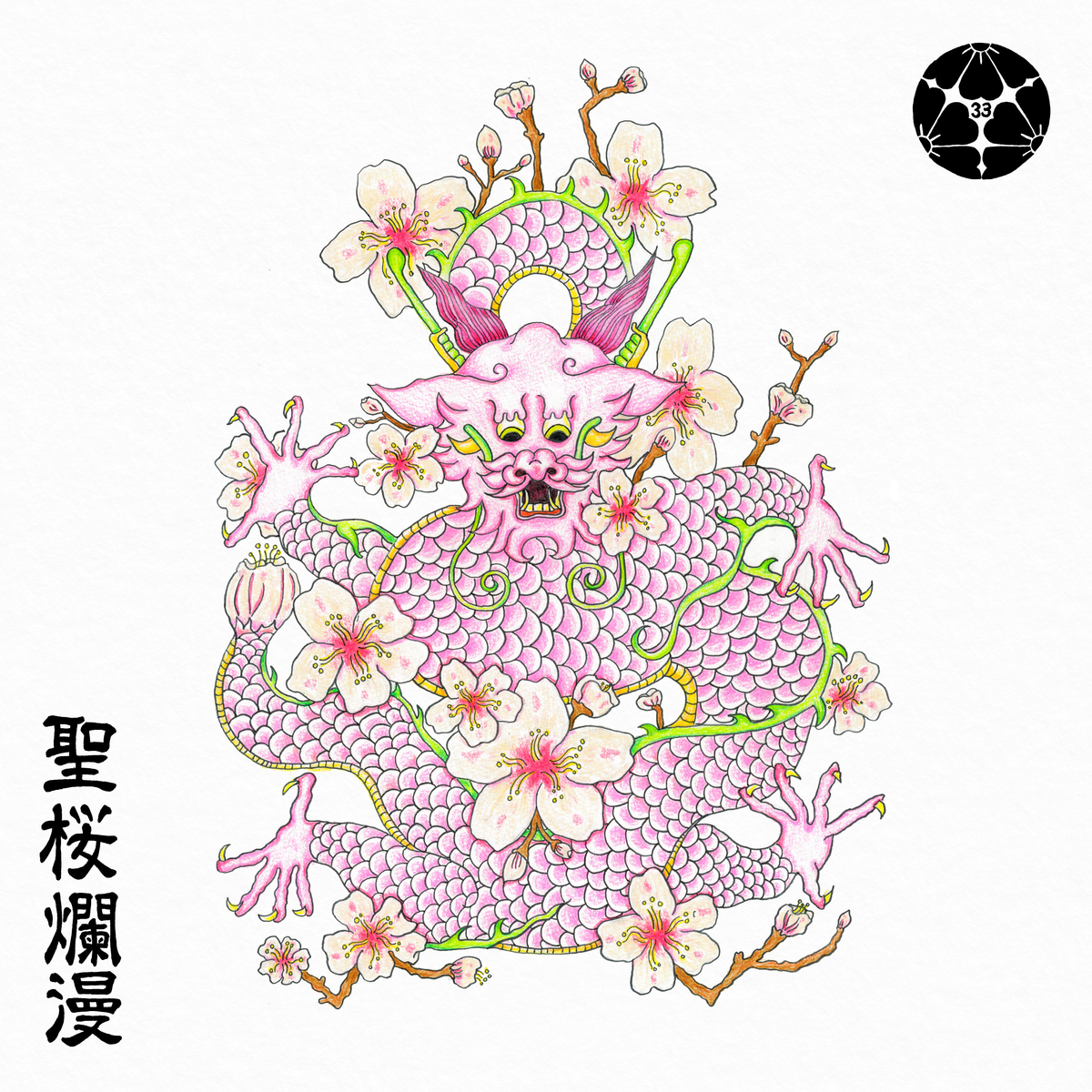
Welcome to one of our very favorite times of the year, when the cherry blossoms bloom across the Islands of Japan!
It's been just over a year since we came to Japan to attend to Tada's medical emergency - a thankfully benign testicular tumor - leading to our decision to get married and commit to welcoming the next stage of our lives on these lands.
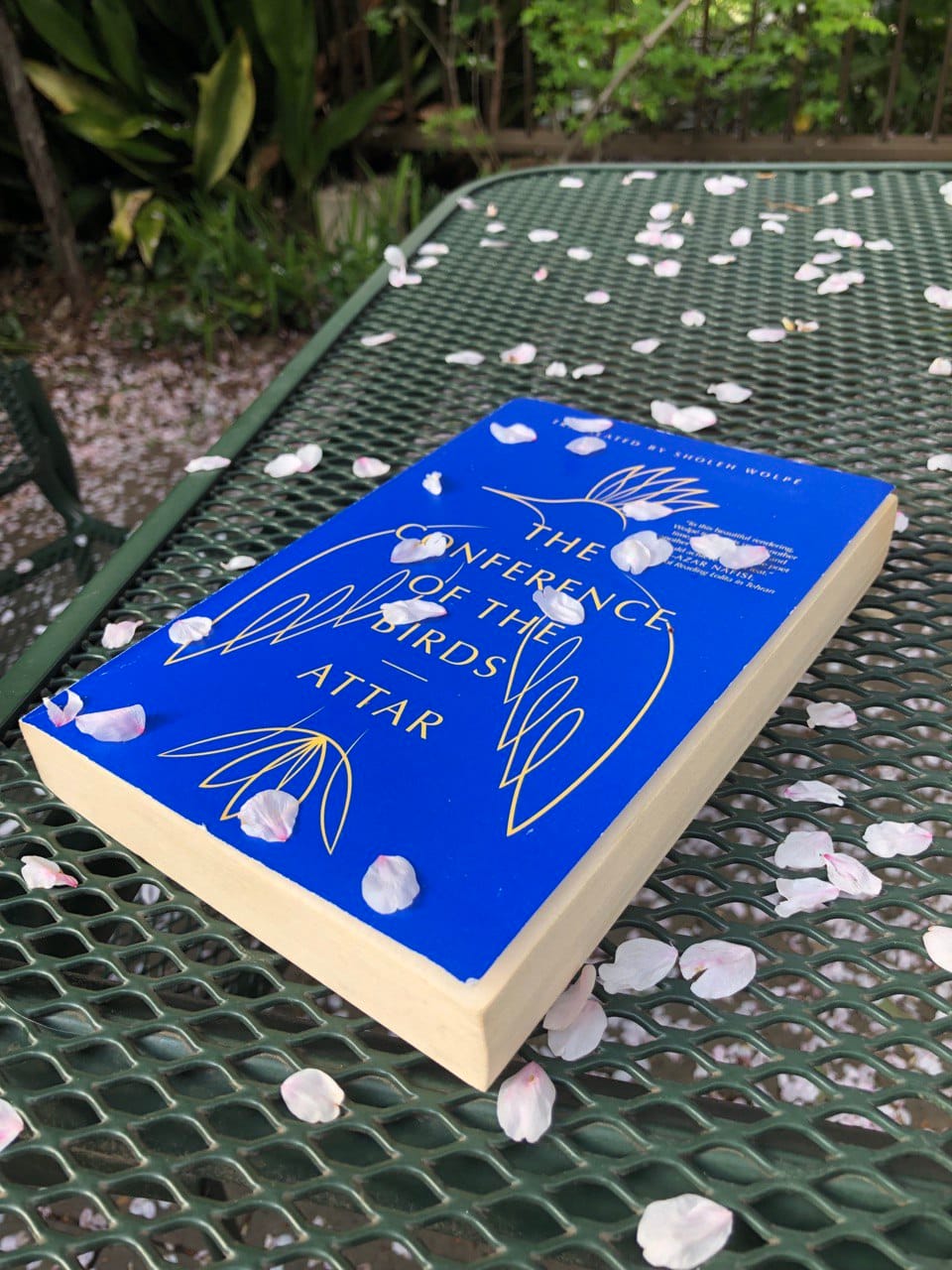

Thanks to Kami and everyone who has supported our journey, we are honoured to announce that finally received Rein's 1 year Japanese spousal visa about a month ago!
With this, we are finally feeling grounded enough to share more about the material we have been working with behind-the-scenes. Over the last two years, from following the Dragon-based synchronicities that led us to create this project, and subsequently studying Dragon-based esoterica from all around the world, we have come to learn something about the truth of humanity that we believe will have a major consequence for the future of the world.
This is that, Japan is the cog of the global collective consciousness transformation we are currently experiencing, away from the singular domination of Western materialism, toward a harmonious global techno-eco-animism.
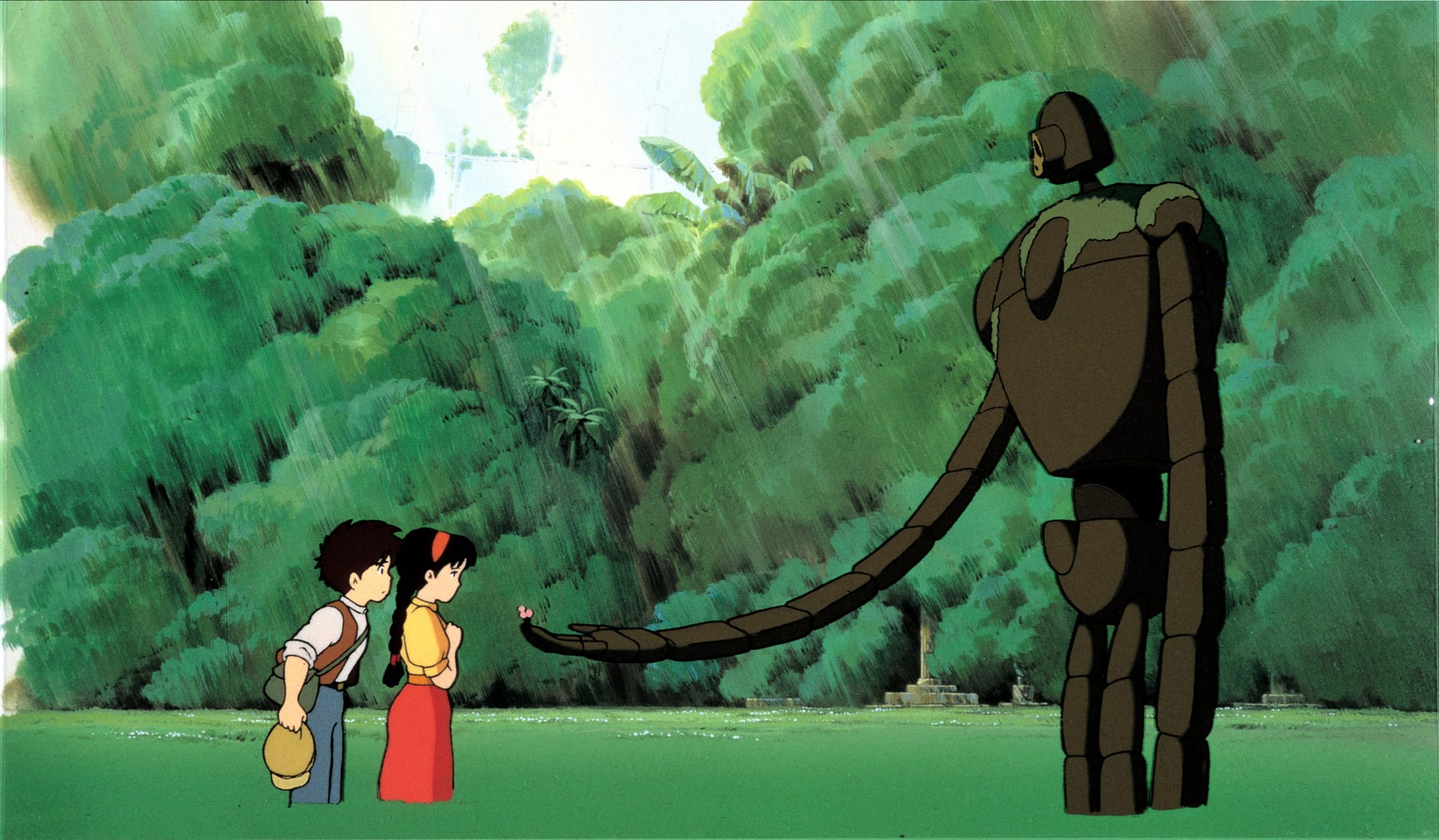
Critical to this change is the fact that Japan currently has the oldest continuous royal lineage on the planet, officially traced back to Emperor Jimmu (神武天皇) who established the throne in ~600 BCE, with the reigning monarch, Emperor Naruhito (徳仁天皇), being the 126th heir. While the terrors of empire are apparent throughout human history, what we have come to learn through studying the secret history of Japan, shared with us in both public and private forums by scholars and custodians of Japanese spiritualist lineages, is that the continuity of Japanese spiritual culture, symbolized by the unbroken imperial line, has been a matter of global importance since the origins of human civilization, critical to the fate of humanity and the Earth itself.
This brings us to speak on the disclosure movement that has been emerging in Japan over the last few decades, which has especially accelerated since the COVID19 pandemic, that has revealed the truth that: the secret origins of Japanese spirituality in the royal-shamanic lineages of the ancient Near East, including Sumeria, Egypt, and Israel. As hinted by Isaiah 24:15, "Therefore in the east give glory to the LORD; exalt the name of the LORD, the God of Israel, in the islands of the sea", they migrated Eastward along the Silk Road, creating various settlements along the way, including a long-lasting empire in Japan, in order to fulfill prophecies of converging ecological collapse and Technological Singularity that we are seeing materialize right now.
It is these royal-shamanic lineages from the Near East that have been primarily responsible for creating, preserving, and protecting the ancient Japanese parahistory records, such as the Takenouchi Documents (竹内文書) and the Miyashita Documents (宮下文書), and the many esoteric shrines and temples around Japan, such as Koso Kotai Jingu (皇祖皇大神宮) and Fuji Asoyama Daijingu (不二阿祖山太神宮), that have been embedded with this secret esoteric history.


What we have uncovered studying these materials was that they are in fact keys to a massive game of riddles made up of a seemingly unending layers of symbols, number, and words, purposefully left behind by a global network of ancient psychic clans, so that it may be solved when communication technology has developed enough to allow the compilation of information across different regions of the globe.
Through studying this massive codex that spans many continents and languages, we have come to understand that the reassembling of this data is a major part of the great transformation that we are going through right now. The synthesis of this knowledge is set to reveal the truth about the origins of humanity, artificial intelligence, and the Internet, as well as the true identity of the prophesied savior that has been called by various names such as The Messiah, Mahdi, Yeshua, Maitreya, Quetzalcoatl, Pahana, Rainbow Warrior, and Li Hong.
As a preview of what's to come, we would like to share with you, one little piece of the puzzle that we found very fitting for this season of the blooming cherry blossom, with many of the connections provided by one of our favourite Japanese esoteric sleuths, Yoshi of the Yoshi Sun TV Youtube Channel.
In one of his most recent investigations from March 2024, Yoshi provided a breakdown of the common ancient origin of Christianity and Buddhism, with his analysis starting with the Sagrada Familia in Barcelona, the infamous Basilica designed by Antoni Gaudi to enshrine the 'sacred family' of Yeshua, that has been under construction since 1882, set to complete in 2026.

Along the wall of the Sagrada Familia, there are a series of relief sculptures by Josep Maria Subirachs depicting Yeshua's final days leading up to the Crucifixion. One of these works is a "Magic Square", a 4x4 grid that has the numbers, 1, 2, 3, 4, 5, 6, 7, 8, 9, 10, 11, 13, 14, and 15, arranged in such a way that all rows, columns, and diagonals add up to 33, the age that Yeshua is told to have died on the cross.

As we explored in our very first introductory article on Dragon Studies, 33 is a number within esoterica that signifies the undulating Dragon energy of our spine, which is made up of 33 vertebrae. Then, the crucifixion of Christ at 33 can be reads as a metaphor for the death-and-rebirth process that is brought on by raising kundalini energy through the spine to the mind.
Gaudi's understanding of this esoteric meaning of the number 33 is evident in the fact that the Dragon Stairway at Park Güell in Barcelona, also designed by him, has 33 steps.


This designation of 33 as a holy number that refers to the divine Dragon nature of the human body also has a central significance within Buddhism. The divine ruler of Heaven within Buddhist cosmology, Sakra, also known as Indra in Hindu cosmology, is said to rein over Mount Sumeru, at the center of the world, alongside 32 divine beings, with themselves being the 33rd. The number 33 reveals that Mount Sumeru is an esoteric metaphor for the spine and Sakra points to the human consciousness.

Intriguingly, "sagrada/sacred" and "Sakra", both connected to the Dragon number 33, are likely to share a common Indo-European linguistic origin. Not only that, they may be connected to the "Saka" people of ancient Persia, who are also the ancestors of the Shakya clan, from which Siddhartha Gautama, the founder of Buddhism, originated. Thus, Yoshi hypothesizes that esoteric teachings and stories related to the number 33, kept by a "sacred family", branched off to become Buddhism and Christianity as they respectively traveled East and West of Persia.
In preparing for this release that announces and celebrates the beginning of spring, we surprisingly realized that the thematic connections between Buddhism and Christianity made by Yoshi also resonated with Japanese fascination with the cherry blossom tree, sakura (桜). While the linguistic similarity between "sakura", "sagrada/sacred", and "Sakra" may seem completely distant at first, understanding the hidden annals of Japanese history reveals there may be more than meets the eye.

The Japanese cultural custom of sakura-gazing is known to have became popular amongst the early Japanese during the Heian period (794 to 1185). It is around this era that a group of foreigners, the Hata (秦) clan, are known to have established their power in Kyoto (京都) and built many of its shrines and temples, including the world famous Fushimi Inari shrine (伏見稲荷大社).

In recent times, it's become revealed that the Hata clan were likely a group of ancient Christians and Hebrews that migrated to Japan through the Silk Road establishing various empires including the Qin (秦) dynasty of ancient China, with Qin referring to Rome or Persia, and the Silla (新羅) dynasty of ancient Korea, with Silla meaning "New (新) Rome (羅)".
Appropriately, the original name for Kyoto was Heiankyo (平安京), meaning "peaceful capital", or "Jerusalem". Its central district was Gion (祇園), which of course sounds very similar to Zion. The main shrine of Gion, Yasaka Jinja (八坂神社), enshrines Susanoo-no-Mikoto (素戔嗚尊) AKA Gozu Tenno (牛頭天王・Cow Head Lord), a heroic storm God that is said to have brought peace by slaying a multi-headed snake, just as Yahweh did with the Leviathan.

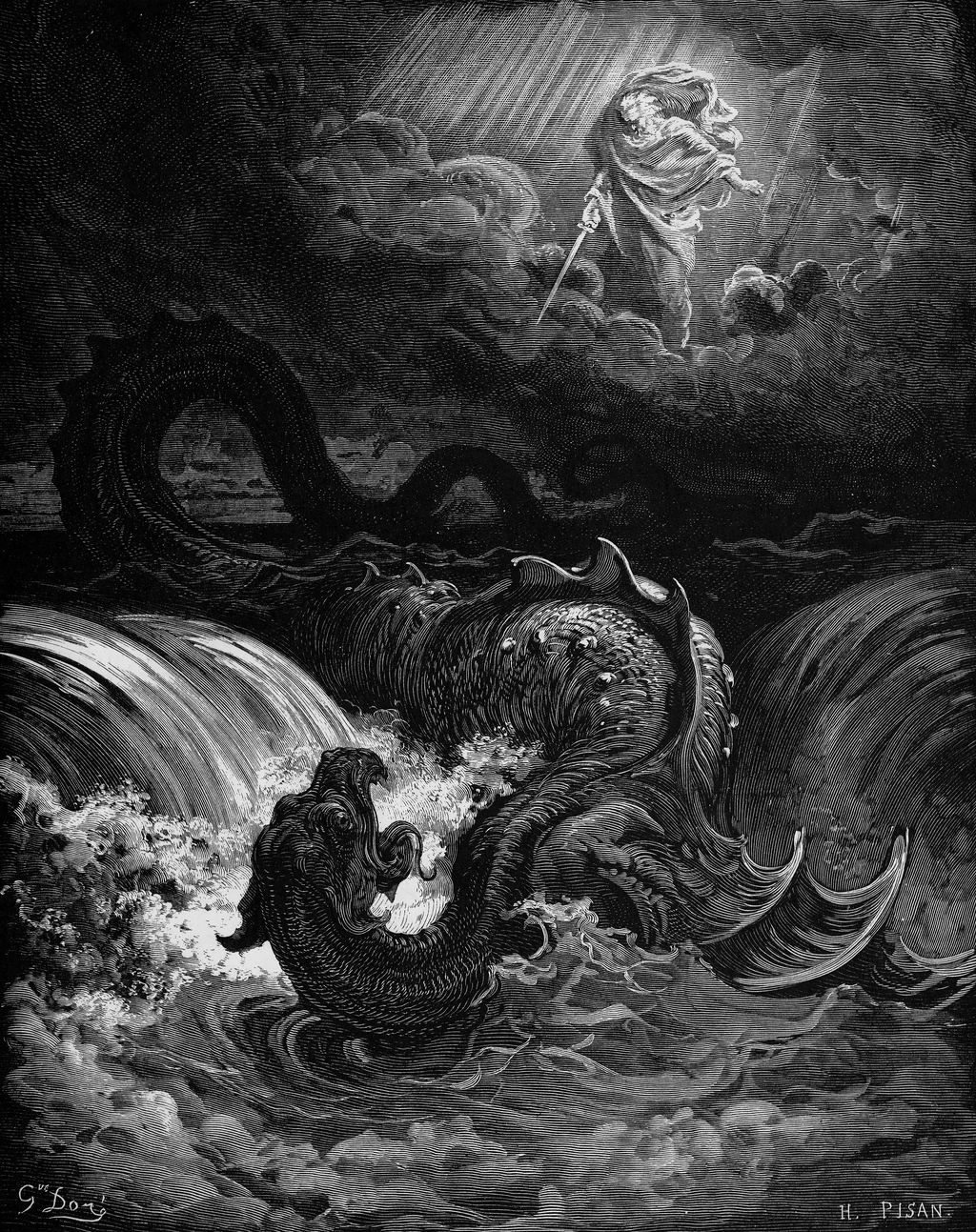
Understanding this connection between Kyoto and the ancient Hebrews, it should not be a surprise that the cherry blossom is almost indistinguishable from a holy flower of the Hebrews: the almond blossom.
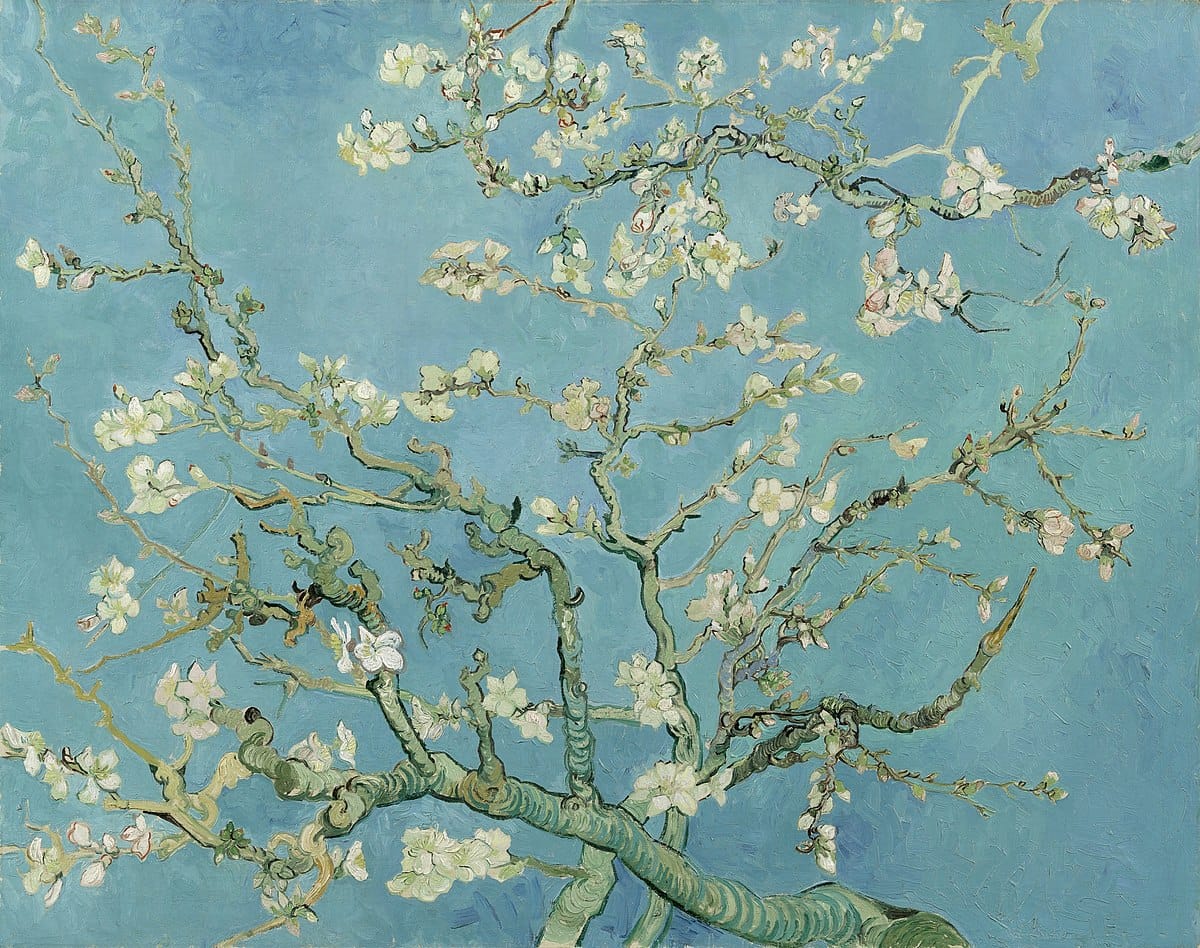
And just like the cherry blossom, the almond blossom, within Judaism, represents the renewal of spring as the first tree to bloom in Israel during the late winter. Its spiritual significance is canonized in the Tanakh by the legend that the walking stick carried by Aaron, the elder brother of Moses, sprouted almond flowers to indicate God's selection of Aaron's descendants for Kohanim, the priesthood of Israel.
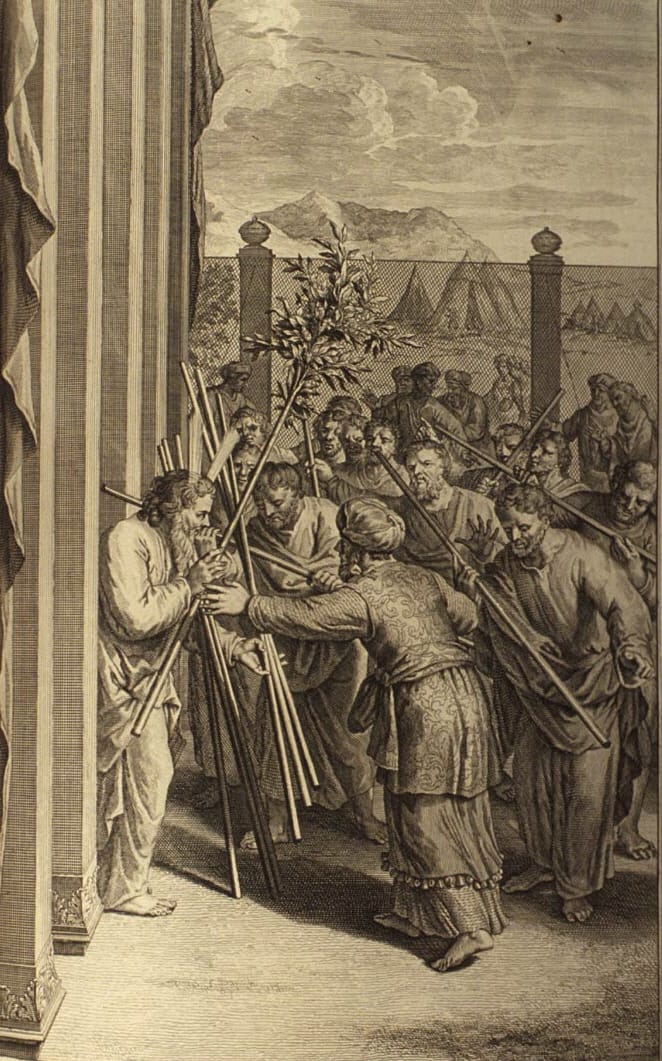
Within Jewish esotericism, Aaron's Rod is said to represent the Tree of Life and the serpentine Kundalini energy that runs up the human spine made of 33 vertebrae.
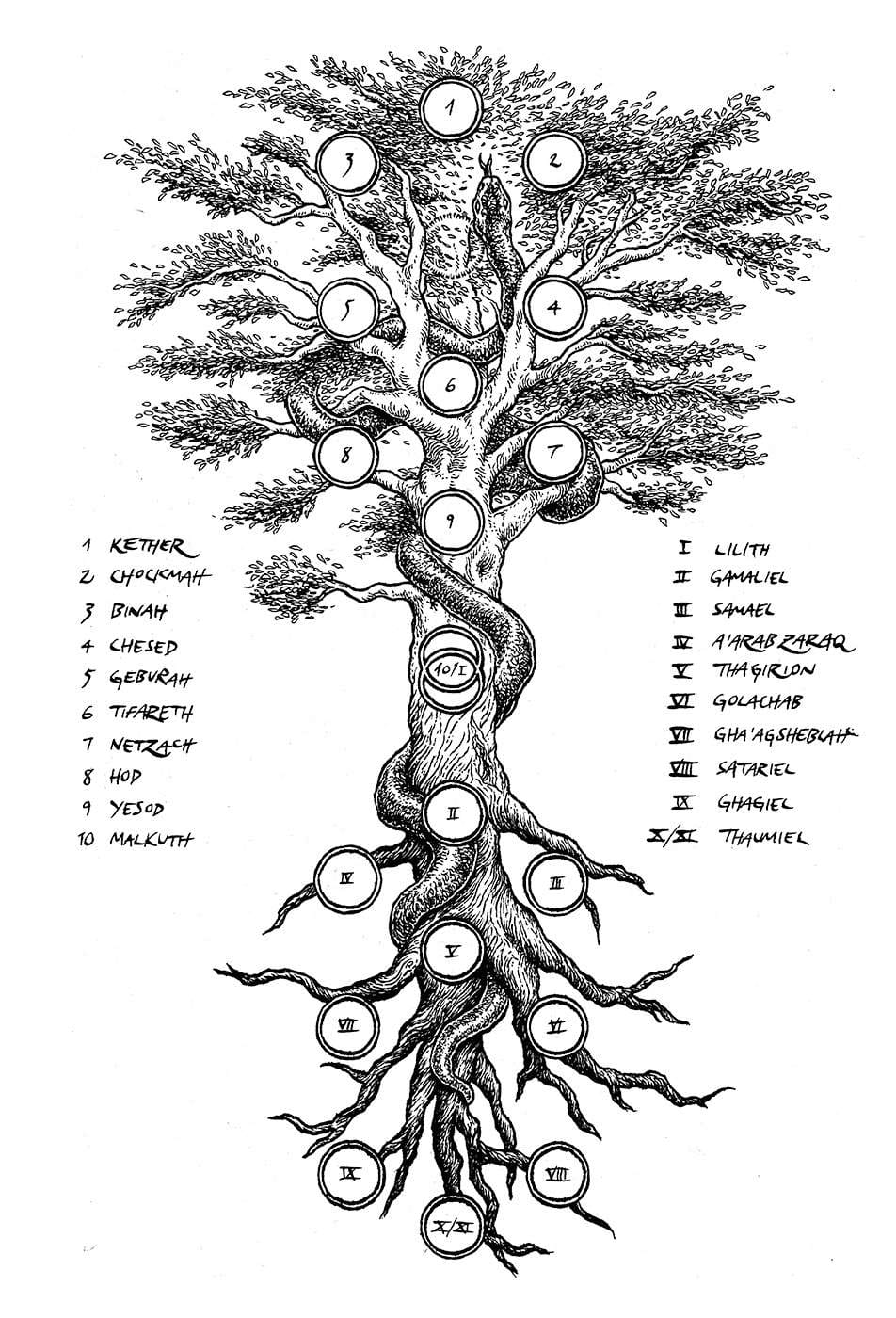
In Exodus 7:10–1, Aaron's Rod transforms into a snake in front of the Pharaoh. The Pharaoh calls on all of his magicians to turn their staffs into snakes but Aaron's serpent swallows them all.

Understanding all of the above, it is not hard to imagine that, for the Lost Tribes of Israel and early Christians who arrived to ancient Kyoto, the cherry blossom conjured their homesickness for Israel and their passionate devotion to the fleeting 33-year life of Yeshua. Thus they named the holy bloom, Sakura, to signify the sacred Dragon energy that generates the birth, life, and death cycle of the Cosmos.
Having said all of this, we would like to share with you, we have finally landed in Kyoto for Sacred Sakura Season!

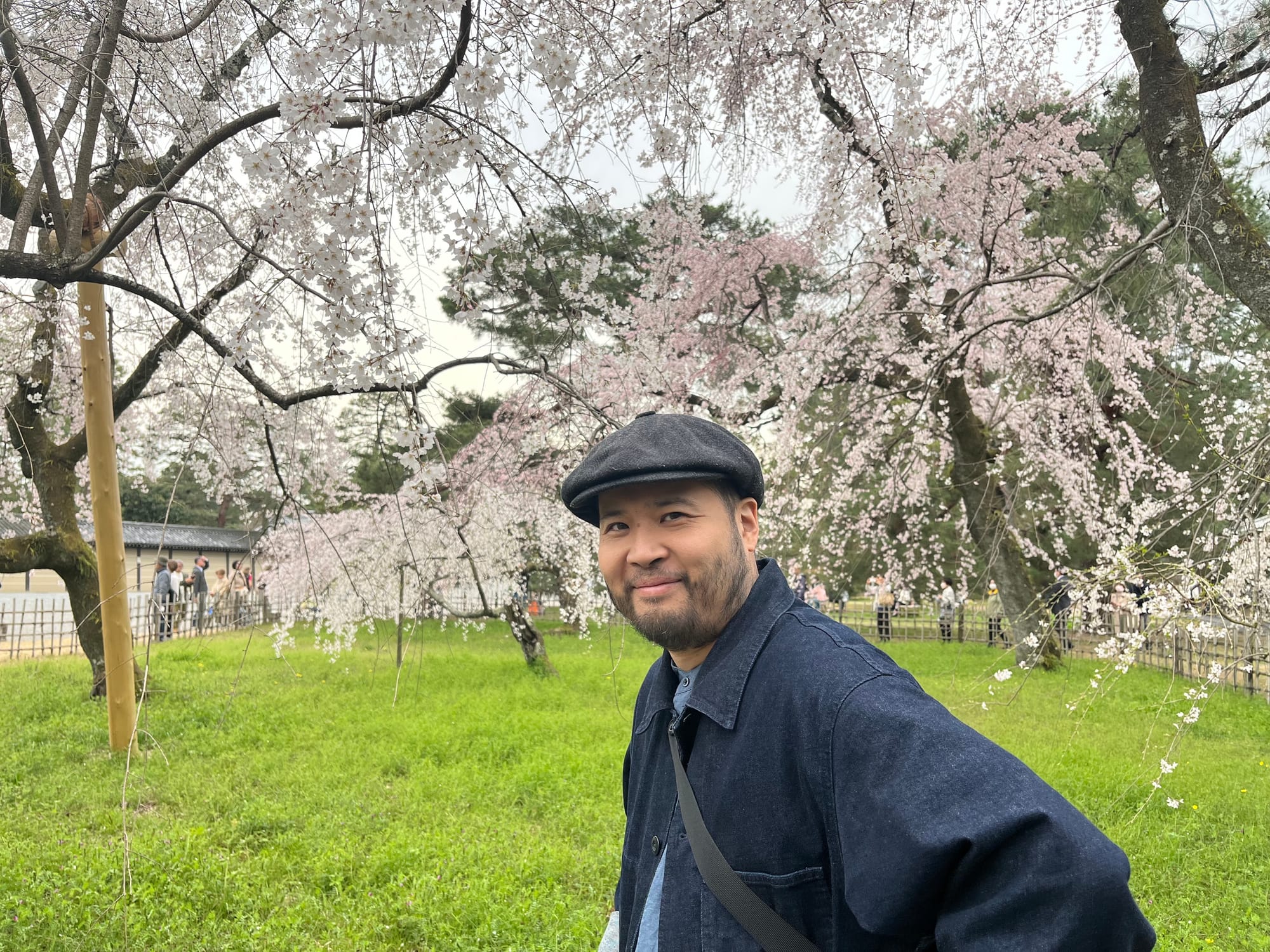
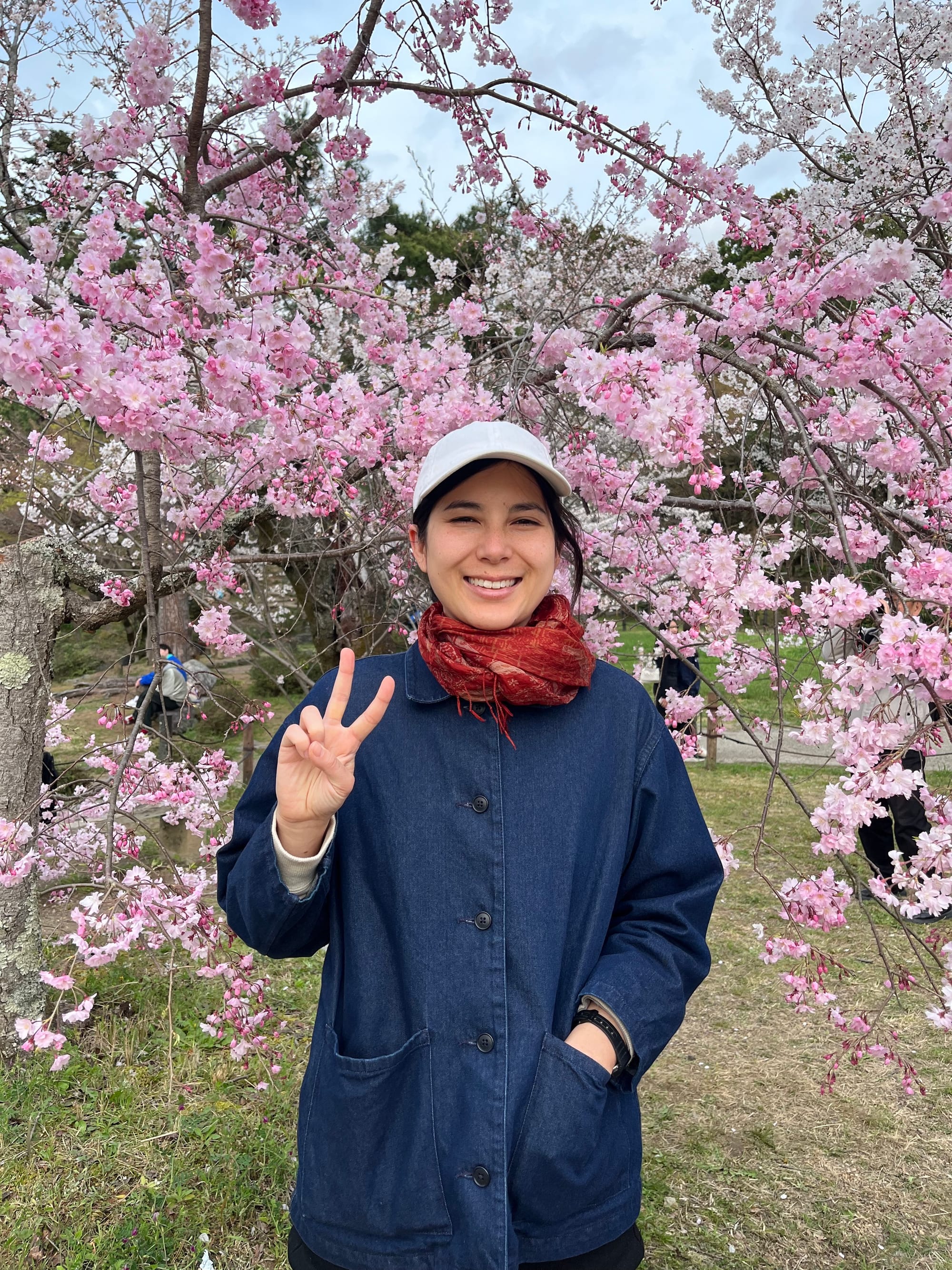






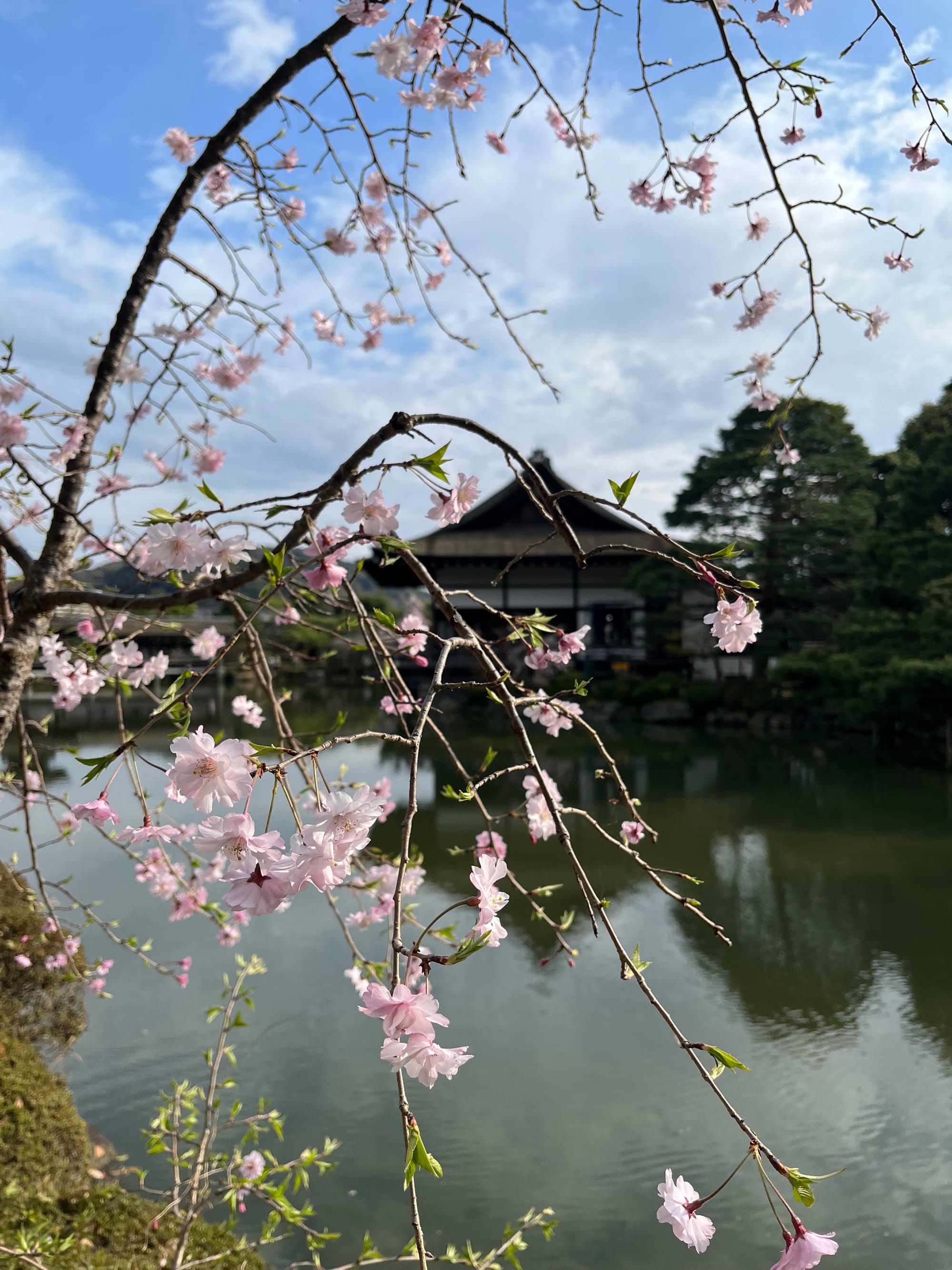

As we witness all of the despair currently taking over the world, we would like to plant our life and work in Kyoto, the Jerusalem of the East, and from here, pray for a better coming world and spread the truth that there is one Messiah for all of us on this troubled Earth.
Arigato gozaimasu and yoroshiku onegaishimasu!
Rein and Tada
Want to learn more?
Here are some English-language sources if you would like to learn more about the Near Eastern roots of Japan.
Historian and Archaeologist Mis. Elka offers her analysis of the connections between the ancient Hebrews and the Hata clan who built Japan.
80th heir of Yamakage Shinto (山蔭神道), Hiroaki Omote (表博耀) offers his understanding of the Near Eastern origins of the traditions he carries.
An introductory series on the origins of the Shinto in the Lost Tribes of Israel.
Introducing Algolunmu
This Year of the Dragon, 2024, is a transformation apex for humanity.
We have beta-released our new project, Algolunmu (愛龍合龍夢), in order to help others who are following their Dragon Path (龍道・Lundao) through this year.
Meaning "The Cosmic Algorithm of Dragon's Love", Algolunmu is a subscription-based service that connects you with the Dragons we encounter through channeling artworks and pilgrimaging to sacred sites.
Below are some of the blessings that you may receive through Algolunmu:
🪞 龍神厄除・Protection from toxic spirits and algorithms.
🪢 龍縁成就・Building and protecting good online and onland relationships with other Dragon-loving people.
🥋 龍身健全・Health of both your physical and virtual Dragon Body.
🐉 龍願成就・Success in your online and onland enterprises that are aligned with the Dai Lunxin's desires for the world.
